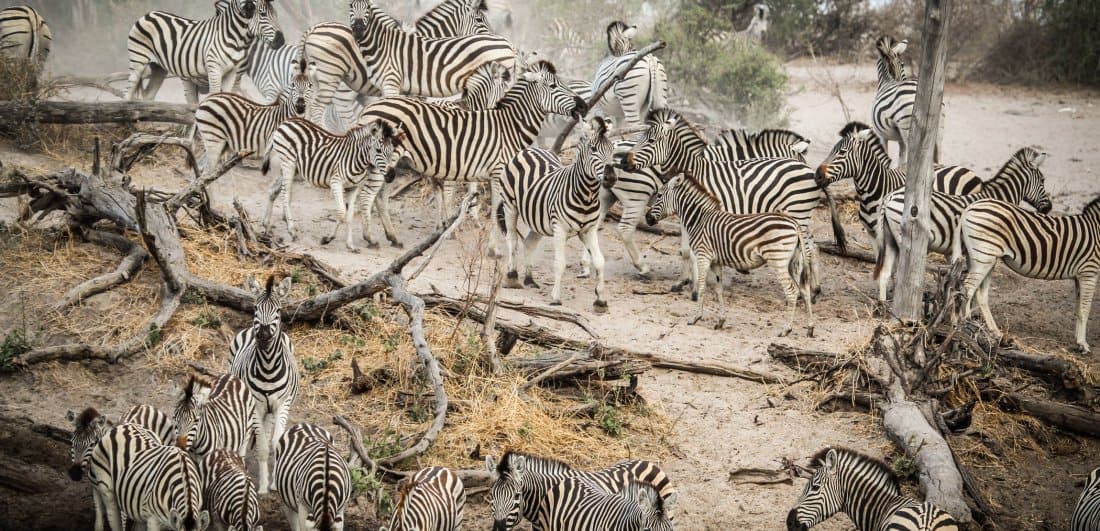Early November is usually hot and stifling as the Okavango holds its breath for the coming of the rains. The exact start date varies considerably from year to year, but when the clouds do break the relief is palpable. Although daily highs of over 40°C (104°F) are the norm at the beginning of the month, the temperature gradually drops as the rains become more frequent. Localised showers evolve quickly into massive afternoon storms, with thunder and lightning flashing across the Delta.

Where to Go
It’s impossible to say where the rains will fall first, or whether they’ll even arrive at all. Some years some areas may not see significant rainfall until December and until that happens game viewing continues to be excellent. The Khwai River, in the northeast, has good water year-round, and wildlife, especially elephants, tend to congregate along its banks late into the dry season. Chief’s Island has permanent game and good, deep-water access as well, as does the rest of the central Delta and the north-western concessions. When the rains do arrive, the pressure is released and the animals start to move back into the surrounding bush. November is an interesting time to be anywhere in the Delta as the animals and plants begin to recover from more than half a year without rainfall.
Travel Tips
Highlights: Once the rains arrive, the antelope birthing season begins, and all over the Delta there are new signs of life. Many lodges and camps offer shoulder season prices, and it’s an excellent time to get a good deal before the rainy season starts in earnest in December.
Disadvantages: November is an unpredictable month weather-wise and if the rains arrive early your safari may be washed out. The wildlife may also begin to disperse, although sightings – especially of newborns – are usually still very good until the end of the month.
























